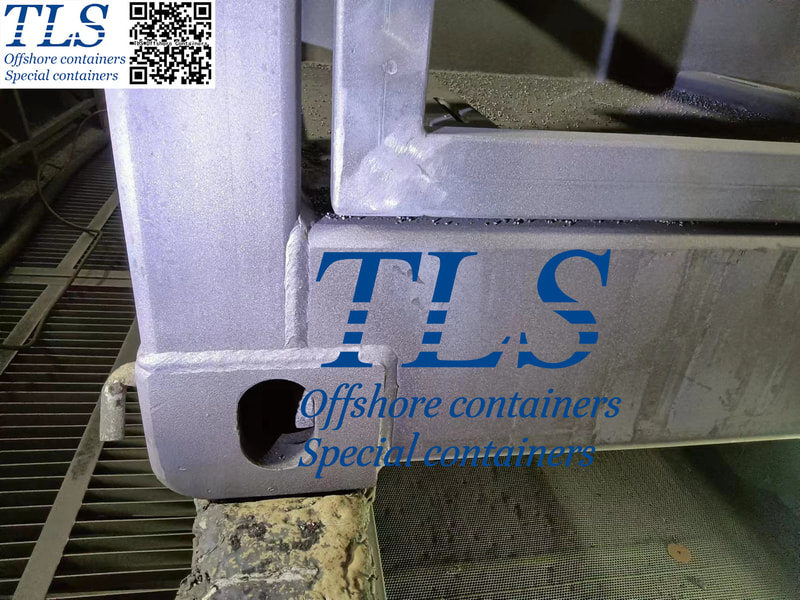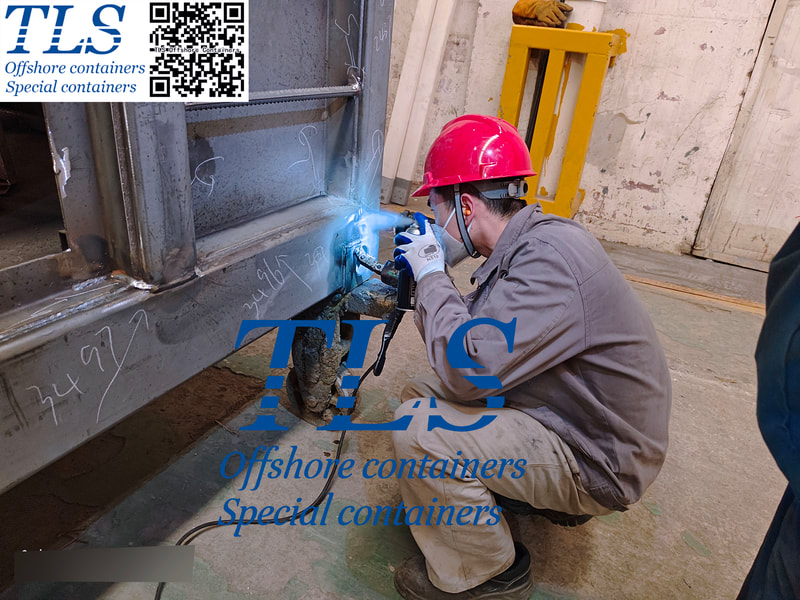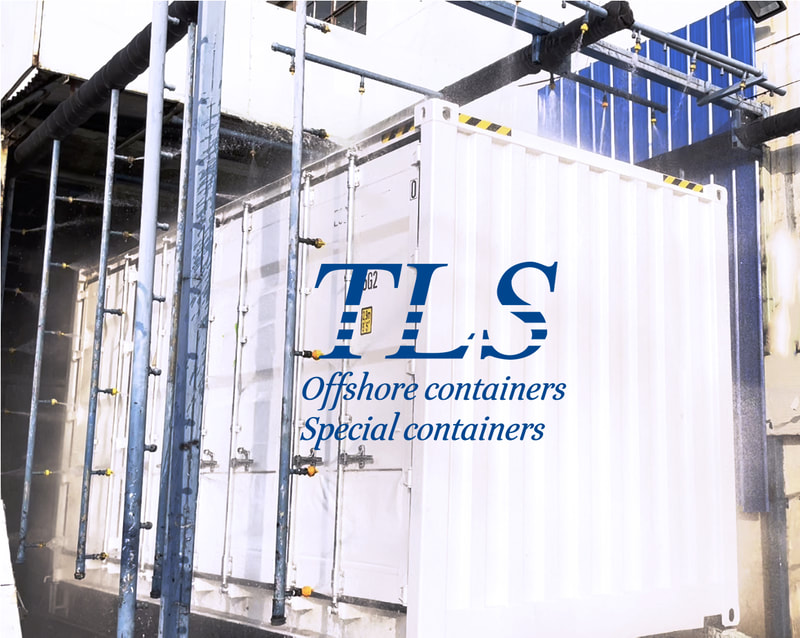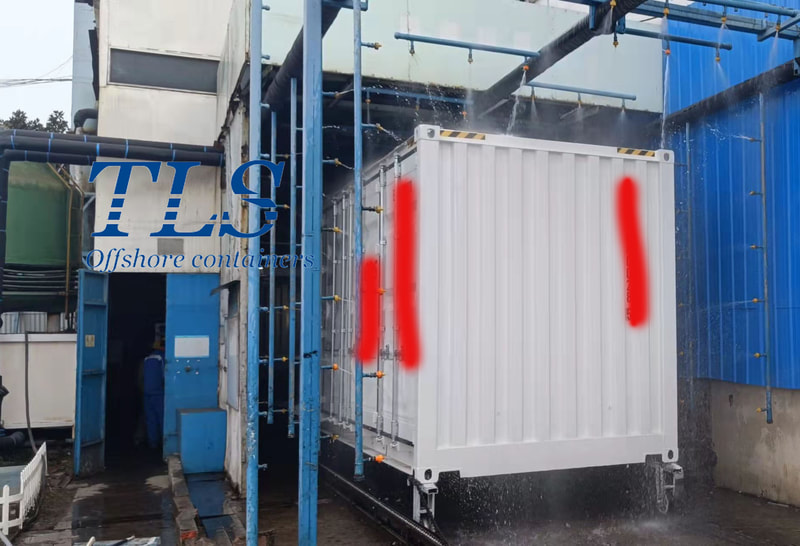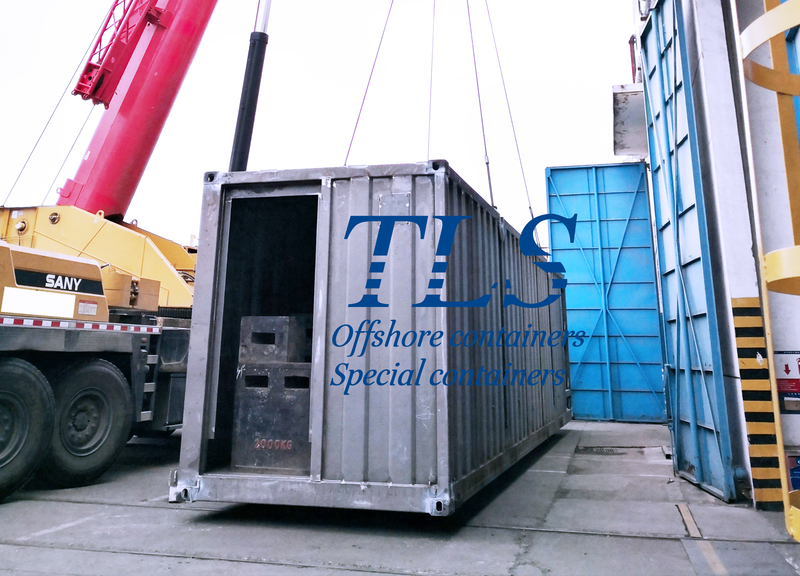|
As an important tool for offshore operations, offshore containers must undergo strict testing and maintenance to ensure their safety and reliability. NDT is an important method for offshore container inspection,which can effectively detect defects, cracks and fatigue on the surface of containers, and ensuring the reliability and safety of the container. Some common methods of NDT for offshore containers are: ultrasonic testing (UT), magnetic particle testing (MPT), eddy current testing (ECT), X-ray testing. TLS usually adopts the method of MPT. This detection is based on the adsorption characteristics of magnetic powder under the action of a magnetic field. By coating a layer of magnetic powder on the surface of the container and detecting the distribution of the magnetic powder under the action of a magnetic field, it reveals cracks and defects. The specific detection process is as follows:
Written by Mandy 1 WELDING INSPECTION |
Archives
July 2024
Categories
All
|
- Home
-
Containerised solutions
- Intelligent pressurised container | MUD logging cabin
- Battery energy storage system (BESS) container
- Flexible grid tied battery storage system
- Laboratory container | workshop container | Equipment containers
- Temporary refuge shelter | Toxic gas refuge | Safe haven
- Offshore accommodation cabin | office container
- Reefer container | Refrigerated container
- Intelligent waste water treatment container
- Fresh water generator container
- Cargo Containers
- Product photos & videos
- News & Blogs
- Contact us
|
Featured products
Intelligent pressurised container Temporary refuge (TR) shelter, toxic gas refuge (TGR) Battery energy storage system (BESS) container Containerised waste water treatment plant Fresh water generator container Reefer container Laboratory container, Workshop container Accommodation container Offshore closed container |
All Rights Reserved 2020 © TLS Offshore Containers / TLS Energy
|

